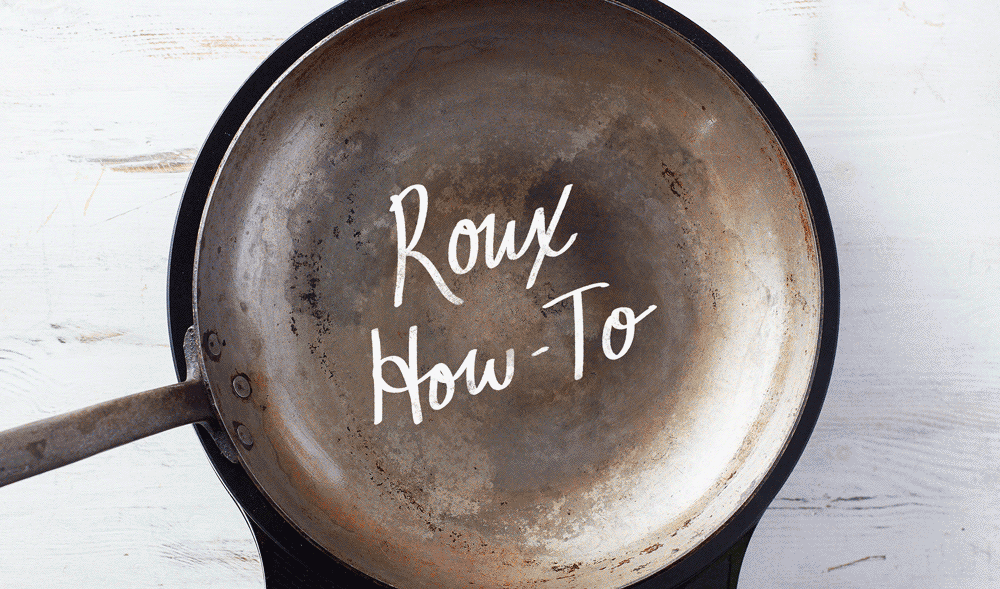All together now.
The story of gumbo is the story of America itself. It draws its essence from the coming together of people and foods in new ways, each bowl an acknowledgement of the contributions of many cultures and traditions. Far from a singular dish, gumbo varies according to the region, the season and especially the cook. Even in New Orleans and southern Louisiana, the heart of gumbo country, there are countless variations, differing from other versions found along the Gulf Coast and Atlantic seaboard. Gumbo is what you make of it. Gumbology is a look at the art and science.
First things first.
In the cooking traditions of New Orleans and southern Louisiana, three vegetables set the stage for many signature dishes — onions, bell peppers and celery. Known as the “holy trinity,” their flavors are a key part of most gumbo recipes. But another veggie is even more important — okra. This essential gumbo ingredient originated in Africa, and it’s West African name, ki ngombo or gombo, is the likely origin of the word “gumbo.”
Okra is used as a natural thickener, as is filé, another plant-based cooking ingredient favored by the native Choctaw people of Louisiana and other indigenous tribes in the South. Filé is a powder made by drying and grinding the leaves of the sassafras tree, and it too is a common thickening agent in many gumbo recipes. And if two ways to thicken gumbo aren’t enough, there’s actually a third.
Roux how-to
Gumbo is often a thick stew with a deep brown color. Would it surprise you to find out that a single substance contributes to both the consistency and the color of the dish? That’s the roux, a thickener made with wheat flour and a fat. Creole Chicken Sausage Gumbo calls for flour and butter, and making the roux is where the science comes in. As you whisk the flour and butter, the starch of the flour in combination with the butter produces something new — ¬a smooth, beautifully browned mixture that lends its unique taste, color and texture to the gumbo. The longer you stir, the darker the color. The key thing to remember is to steadily whisk the flour to keep the roux from burning.
Laissez les bons temps rouler!
Let the good times roll, as the saying goes in New Orleans, and the easy answer to experience the Big Easy at home is Creole Chicken Sausage Gumbo. This new recipe builds from a dark roux for a rich, hearty flavor and includes okra along with onions, bell peppers and celery. As a final step, you can add filé for citrusy hints of the herbs thyme and savory.
So the question remains, is gumbo an art or a science? It’s actually both, with a lot of history blended into the mix. Make gumbo your own with Creole Chicken Sausage Gumbo, and contribute to the ongoing and delicious story of Gumbology.

